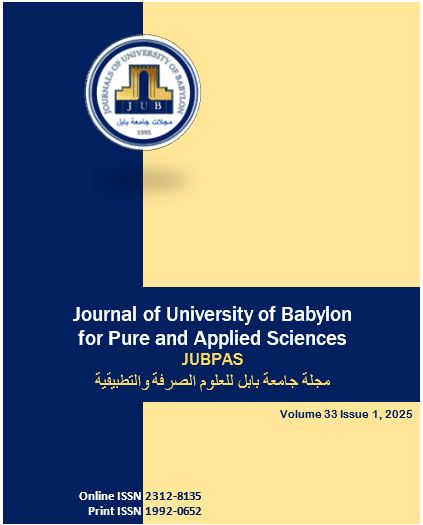Assessment of Ganoderma lucidum's Antimicrobial Efficacy Against a Few Human Pathogenic Microorganisms
Main Article Content
Abstract
Background:
Growing antibiotic resistance is one of the major worldwide issues endangering human health. As a result, many approaches to lowering pathogens are being studied. G. lucidum's impact on some pathogenic species is the focus of the current investigation.
Materials and Methods:
In our study the effect of G. lucidum powder fungi compared with antibiotics. we prepared G. lucidum in three different concentrations (80, 100, and 200 mg/ml). The sensitivity of pathogenic fungi and positive and negative bacteria species to Gram stain was tested, and the results were compared to the antibiotic sensitivity of the same species used in the study.
Result:
The study showed that S. aureus bacteria were sensitive to all the used types of antibiotics, whereas E. coli were resistant to most of them; the remaining species had varied sensitivities.
While S. aureus showed greater sensitivity to an increasing concentration of the utilized powder, E. Coli, Bacillus, and Klebsiella bacteria all demonstrated resistance to the effects of the powder. The P. aeruginosa bacteria and the fungal species employed in the investigation exhibited no discernible sensitivity to the powder utilized.
Conclusion:
In contrast to the bacteria and fungi being studied, S. aureus had a higher sensitivity to increasing powder concentration.
Article Details

This work is licensed under a Creative Commons Attribution 4.0 International License.
